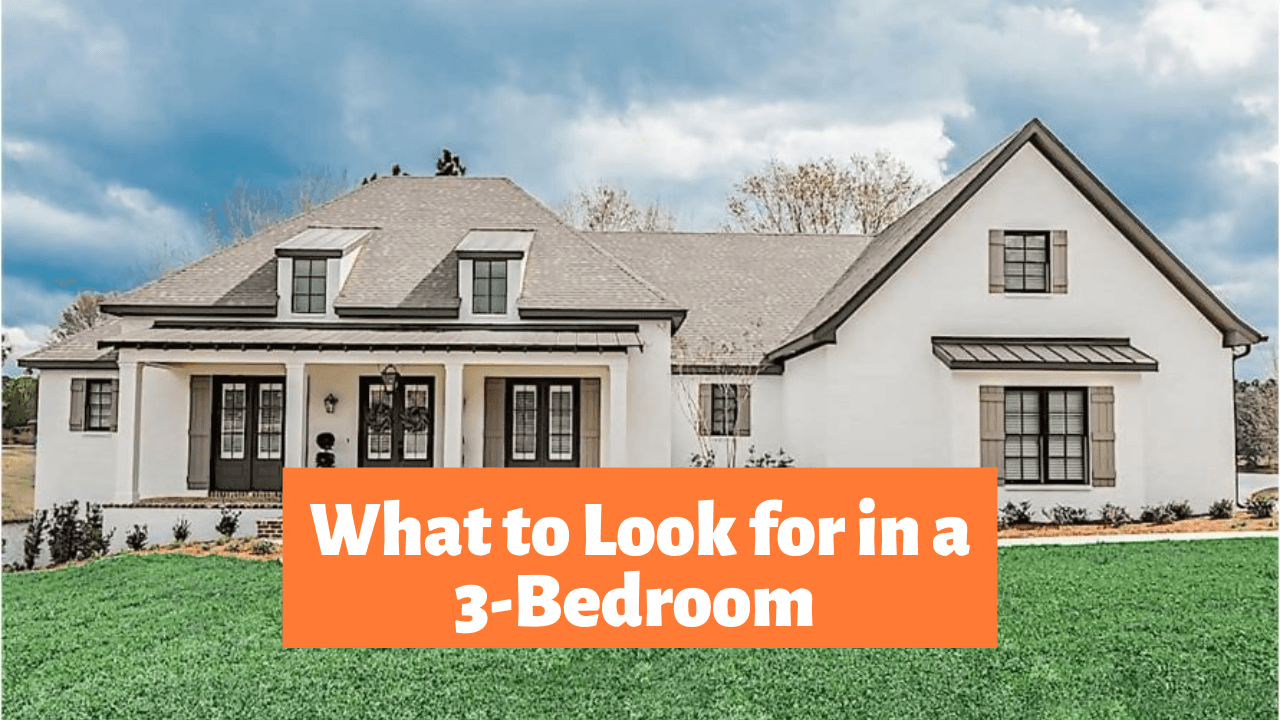Why White Kitchens Stand the Test of Time
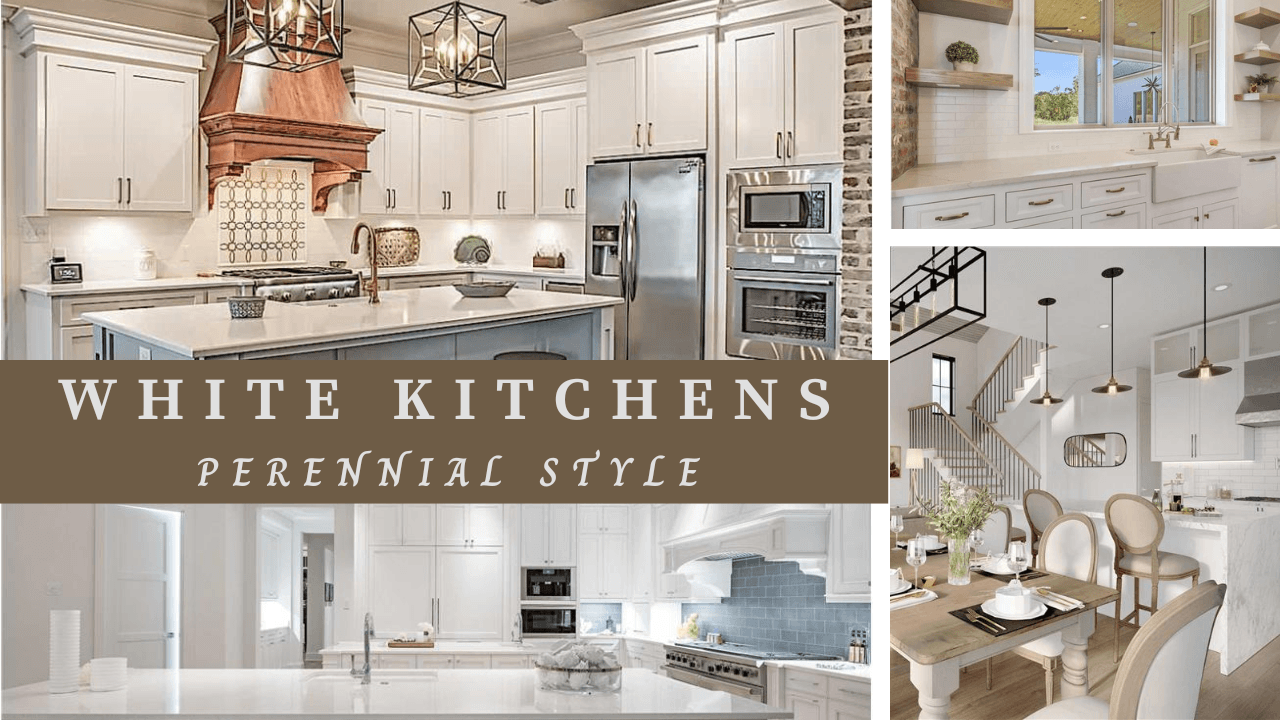
Your Kitchen Is a Large Investment! Don’t Let It Go Out of Style Quickly
Kitchen trends tend to ebb and flow, just like any other fleeting fad. Avocado cabinets, vinyl floor tiles, and dark wooden cabinet doors have all had their moments, yet you wouldn’t introduce any of them into a stylish modern kitchen.
If you’re designing a new kitchen for your home that you want to stand the test of time and not be dated within a couple of years, we recommend going back to basics and installing an all-white kitchen.
The perfect blank canvas, timeless style, and surprisingly easy to keep clean: These are some of the attributes of a white kitchen. Read on to discover more of its enduring appeal.
Northern Style
Prior to the boom of mass consumerism after World War II, white kitchens were often the only choice available and were subsequently seen in almost every home. Enameled steel was the material of choice for the surface finish of appliances like stoves and ice boxes, and that material came in white. Further, white was associated with cleanliness and sanitation and was the obvious color for the space in a home where these attributes mattered the most.
Trends dipped in and out over the latter half of the 20th century, but white kitchens remained popular despite a staggering array of different options available. In the 1990s, Ikea introduced a clean and simple Scandinavian style to the world, reinforcing the current trend for minimalism and planting the seed for an obsession with Danish and Swedish interiors, which is still growing in strength. White kitchens, which instantly evoke a Nordic aesthetic, were one of Ikea’s most popular styles. They struck a chord. For the last two decades, white – whether painted or pickled wood – has continued as the sure-fire fallback position in kitchen design and, though wood-toned and colorfully painted cabinets continue to circulate in and out of fashion on the periphery, will never seem to go out of style.
Fickle Fashion
Painted kitchen cabinets have had their share of ups and downs in the world of kitchen design for several years now. Each season, a new hue seems to be considered on trend, with soft pastel blues and greens and varying shades of gray popping up throughout 2023 and 2024. While these kitchens capture the imagination, the colors chosen tend to go out of fashion in a few years, which means you'll be painting cabinets every 3-4 years.
Another cabinet choice you need to be careful with is wooden cabinets. Although some wood is timeless and can be restained as your tastes change, darker wood tends to make kitchens feel darker and smaller.
White kitchens, by contrast, instantly brighten up a room and create the illusion of a larger space by reflecting the whole spectrum of light. White walls and white cabinets provide a blank canvas ready for your own personal touch. You can easily create a rustic farmhouse-style kitchen or a contemporary minimal kitchen with white cabinets; it all depends on your personal collection of accessories and choice of appliances.
Personalizing White
If the thought of being surrounded by dazzling white sounds a bit too clinical for your preference, the easy solution is to add a mid-toned neutral wood worktop or laminate floor. This will instantly warm up your room and, again, can easily be transformed into whichever style you prefer. Another simple way to add color, texture, and interest to an all-white kitchen is by introducing a selection of plants. Place trailing plants on high shelves and fresh herbs on the windowsill to complement the clean and fresh décor.
Alternatively, introduce color into a white kitchen by painting a feature wall or placing vibrantly hued appliances, accessories, or fancy tableware on worktops and open shelves. This is a great idea for those who aren’t planning on staying in their home for a long period of time, as prospective buyers could repaint a wall much more easily than replacing an entire kitchen.
Easy Everyday Care
Perhaps unexpectedly, white kitchens are actually easy to keep clean. Lighter colors do not show the dust or food splatters as easily as darker colors. Additionally, there are so many different types of materials used to build cabinets and countertops that it's much easier to find one that cleans up quickly.
White walls are also much easier to touch up any marks on, as you won’t have to worry about finding the exact shade of paint that you originally used. For this reason, they provide more longevity and durability than gray, pastel, or boldly-hued kitchens.
Adaptable and Livable
So, what are the negatives of white kitchens? The only downside that we can think of is that they may be considered cold and unwelcoming if you don’t take care to warm them up. A plain white kitchen in a small space is a great idea for making the room feel larger, but it can feel too harsh for a bigger room. All of the elements we previously mentioned (wood, plants, bits of accent color) can help to make a white kitchen feel cozier. Our advice would be to choose your preferred style (rustic, Scandinavian, traditional, contemporary, minimal, etc.) and add easily changeable details (appliances, accessories, tableware, plants, etc.) that accentuate this style.
By embracing white kitchens, you can add value to your home, create a more serene space to relax and cook in, and save money in the long term by easily maintaining and cleaning your kitchen. Let us know your experience with a white kitchen in the comments section below!
Plan Results
OR ENTER A PLAN #
Blog Resources
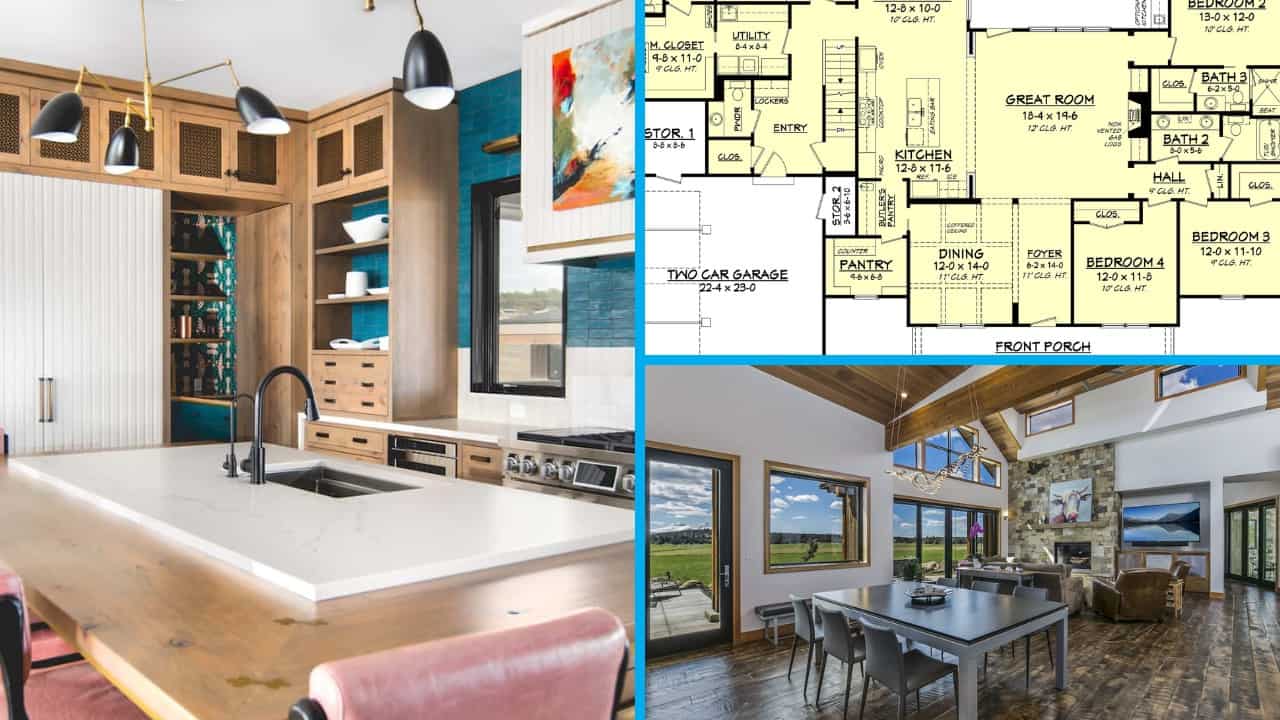
Home Design & Floor Plans

Home Building
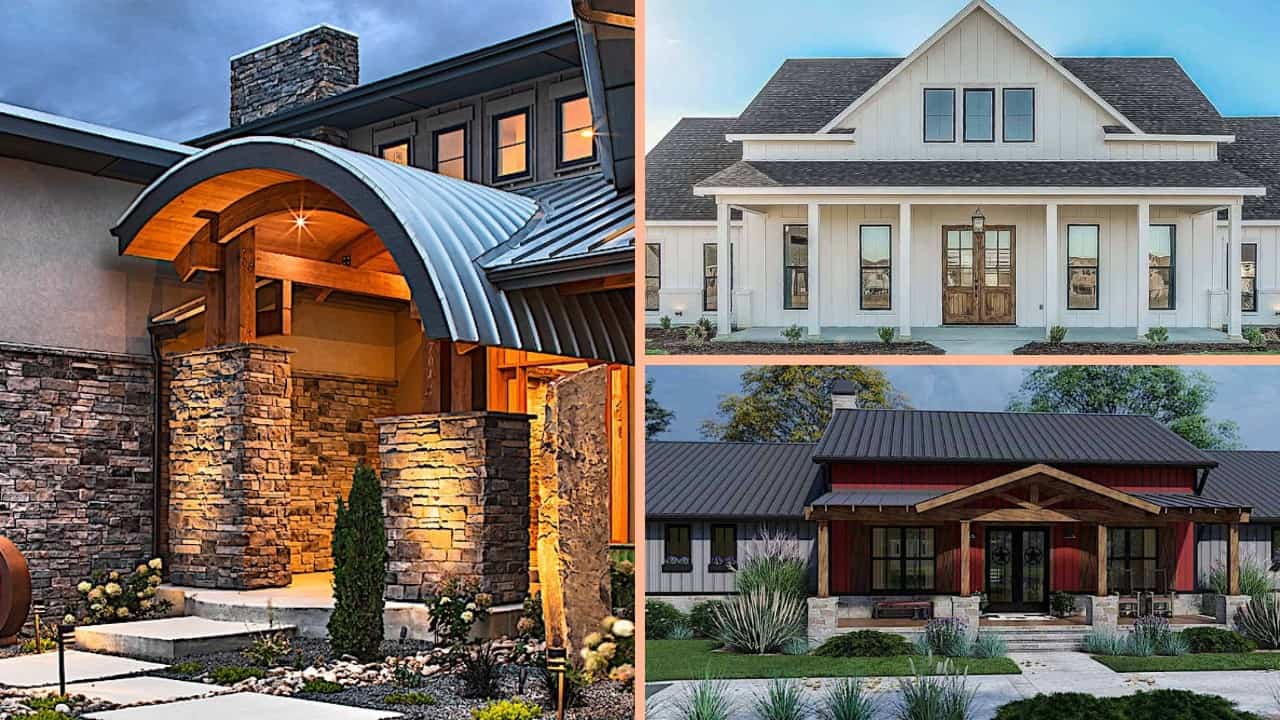
Architectural Styles/Architecture
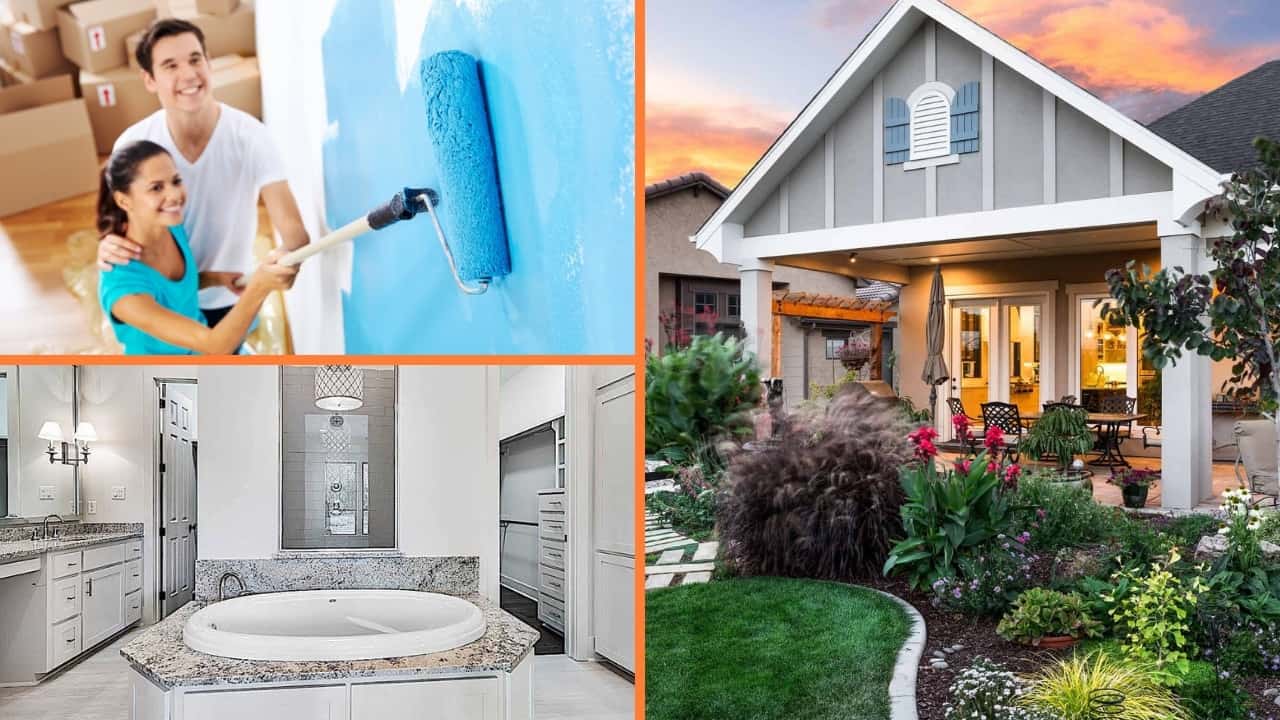


.jpg)








